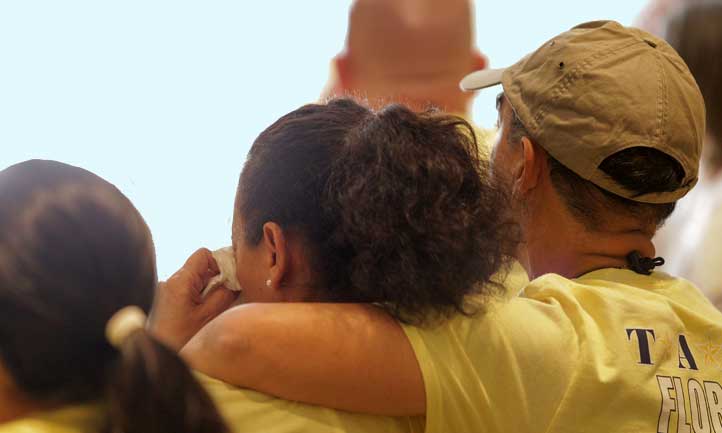Blood Pathogen Cleanup involves potential risks to personal safety and health, requiring adherence to specific safety protocols. Blood Pathogens, including HIV and Hepatitis B, can easily transfer through contact with blood or other bodily fluids.
This guide offers a thorough assessment of the risks involved with Blood Pathogens and outlines comprehensive safety measures that must be followed during the cleanup process. Following these guidelines will ensure that cleanup is performed safely and with minimal risk to all parties involved.
What are bloodborne pathogens?
Exposure to bloodborne pathogens is a serious health and safety concern. Transmission of HIV and Hepatitis B is possible through contact with infected blood or bodily fluids, which can enter the body through open wounds, mucous membranes, or broken skin.
Risks of exposure are especially high during cleanup tasks that involve splashes, spills, or aerosolization of contaminated materials. Strict safety protocols must be followed to minimize the risk of infection and protect all individuals involved.
Who is at risk of exposure?
Individuals at higher risk of exposure to bloodborne pathogens during Blood Pathogen Cleanup include first responders, healthcare workers, and biohazard and crime scene cleaners. Attempting cleanup without proper education and certifications puts one’s health at risk. Understanding the risks and taking necessary precautions is crucial to ensuring a safer cleanup process and minimizing the potential for infection.
Safety measures during cleanup
During cleanup of bloodborne pathogen spills, it is essential to follow strict safety measures to minimize the risk of exposure. Some important safety measures include wearing personal protective equipment (PPE) such as gloves, goggles, and face masks to prevent contact with contaminated materials.
It is crucial to use proper disinfectants and cleaning agents specifically designed to kill bloodborne pathogens. Additionally, implementing proper containment and disposal procedures for biohazard waste is necessary to prevent the spread of infections. By following these safety measures, you can ensure a safe and effective cleanup process.
Dealing with biohazard waste
The safe and appropriate disposal of biohazard waste is a crucial part of bloodborne pathogen cleanup. To minimize the risk of infection spread, it’s vital to contain and dispose of contaminated materials properly. Use leak-proof, labeled containers with the appropriate biohazard symbol and ensure secure sealing to prevent bloodborne pathogen exposure.
Follow local regulations and guidelines when transporting and disposing of filled containers. Properly handling and disposing of biohazard waste is key to maintaining a safe cleanup environment.
Contact The Best Biohazard & Crime Scene Cleaning Company
When it comes to Blood Pathogen Cleanup, it’s vital to seek assistance from a reputable biohazard and crime scene cleaning company like Sadie Pro Cleaning. These professionals have the necessary knowledge and expertise to safely manage and dispose of biohazardous waste, ensuring your property is thoroughly and effectively cleaned.
Entrusting the cleanup process to experts prioritizes your health and safety, as they follow proper safety protocols to minimize exposure to bloodborne pathogens. Contact Sadie Pro Cleaning for reliable and efficient blood pathogen cleanup services today.
Sadies Pro Cleaning is Located in New Haven County Connecticut & Lee Country Florida for all your Crime Scene Cleaning needs.
Contact – Sadie’s Pro Cleaning (sadiesprocleaning.com)










